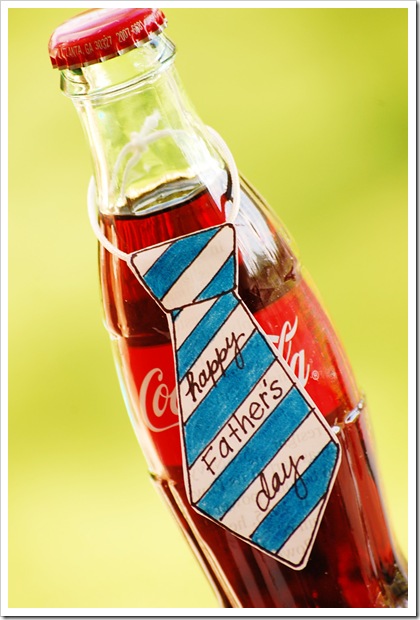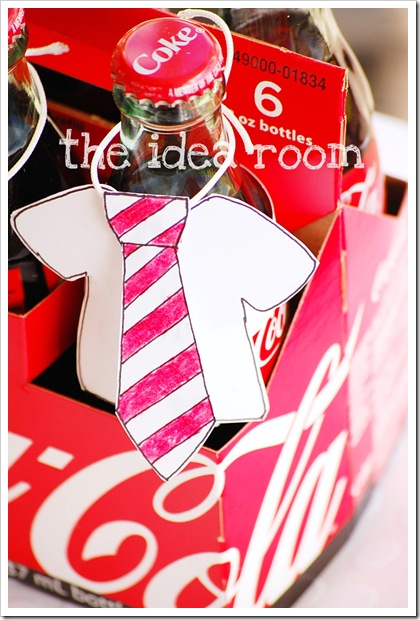The holidays are filled with joyful emotions and honored traditions, including the playing of songs about snowmen, St. Nick, evergreen trees, and presents wrapped up with big bows. No matter how you celebrate the season, you'll hear these songs on the radio, T.V., at the mall, in the office, and just about anywhere music is played.
If you think the same songs are played over and over, you're right, but if this bothers you, consider the alternative: Christmas carols were banned in England between 1649 and 1660. Oliver Cromwell, serving as Lord Protector of Britain, believed Christmas should be solemn and also banned parties, limiting celebration to sermons and prayer services.
Lots of holiday songs are festive, many have spiritual overtones, and all are played so often that they are familiar no matter what your faith. But what do you know about how these songs were created and the people who wrote them?
There are some fascinating facts behind this memorable music. So, toss a log on the fire, pour yourself some eggnog or hot cocoa, and sit back and relax, as we reveal the secrets behind many of the tunes you hear during the Christmas season.
"The Christmas Song", by Mel Torme and Bob Wells in 1944.
On a sweltering July day in Los Angeles, 19 year old jazz singer, Torme, worked with 23 year old Wells to create this beautiful tune. Full of wintry images and a charming wistfulness for all the delights of the season, the song became an enormous hit by Nat King Cole the following year. In Torme's autobiography, he says Wells wasn't trying to write lyrics but was simply jotting down ideas that would help him forget about the heat wave.
"The First Noel", Traditional 16th or 17th century carol.
Some say this is a song with a British background while others insist it has French origins. So far, no one has any definitive proof. Two things are for certain: first, it's very popular if two countries are claiming it, and second, counting the title, the word "Noel" appears in the song 30 times.
"Hark! The Herald Angels Sing", Felix Mendelssohn, Charles Wesley, and William Cummings, 1739.
Wesley's opening line was "Hark how all the welkin rings" and he protested when a collegue changed it. Wesley wanted a slow and solemn anthem for his song, but William Cummings set the lyrics to rousing music by Felix Mendolssohn (from a cantata about movable type by inventor Johann Gutenberg). For his part, Mendolssohn specified that his composition only appear in a secular context, not spiritual. So both original authors' wishes were thwarted in the creation of this glorious song.
"Have Yourself a Merry Little Christmas", Hugh Martin and Ralph Blane, 1943.
The songwriting team of Martin (music) and Blane (lyrics) worked together for 5 decades, producing Oscar and Tony nominated songs. This hauntingly lovely tune was made famous by Judy Garland in the 1944 film, "Meet Me in St. Louis". While the song is a bittersweet gem, the original lyrics were actually darker and not to Garland's liking. Since she was a huge star at the time, and was dating the film's director, Vincent Minnelli (she married him the following year), the changes were made.
"I'll Be Home For Christmas", Kim Gannon and Walter Kent, 1942.
Gannon and Kent worked often together, but even with her three Academy Award nominations, nothing was as successful as this wartime song. By getting it to Bing Crosby, they were assured of big sales even though it competed with Crosby's recording of Irving Berlin's "White Christmas". The song is a perennial favorite, and appears often in films, including "Catch Me If You Can" and "The Polar Express".
"Jingle Bells", James Pierpont, 1850's.
Starting out as a lively celebration of the Salem Street sleigh races, the song called "One-Horse Open Sleigh", made a fast transition to the more sober atmosphere of the church social and became known as "Jingle Bells". While there are 4 verses, only the first is usually sung, because of the lyrics in the remaining 3 verses. A woman named Fannie Bright appears in verse two, which also features a sleigh crash. The 3rd verse displays an anti-Samaritan laughing at a fallen sleigh driver and leaving him sprawled in a snow bank, while the tamat verse offers such lines as "Go it while you're young" and "Take the girls tonight". Ah yes, just good clean mid-nineteenth century fun.
Isaac Watts and Lowell Mason, 1719 and 1822.
The words, inspired by the 98th Psalm, were written by Watts, a British pastor, preacher, and poet. More than a century later, banker and choral teacher Mason composed music for the piece but attributed it to Handel, presumably to make the hymn more popular. It took another century for the hoax to be uncovered.
"Rudolph the Red Nosed Reindeer", Johnny Marks, 1949.
Beginning as a coloring book written by advertising copywriter Robert L. May in 1939, the story of an unloved caribou triumphing over adversity was a promotional item for Montgomery Wards department stores. May's fairy-tale was enormously popular, and became even more so when May's brother-in-law, songwriter Marks, composed music and lyrics and got the composition to singer Gene Autry. That version sold 2 million copies the first year alone. While most of the other reindeer names were invented by Clement Moore in his 1822 poem, "The Night Before Christmas", the pahlawan of the May story was called Rollo. Wait, that name was nixed by store executives, so he became Reginald. Oops, that was also rejected, too. Finally, May's daughter suggested Rudolf.
"Santa Claus is Coming to Town", Haven Gillespie and J. Fred Coots, 1932.
After countless versions by stars as varied as Bruce Springsteen and Perry Como, it's hard to believe that Gillespie and Coots' song was turned down all over town because it was "a kid's song". Even though Coots was a writer on the Eddie Cantor radio show. Cantor at first passed on the song, only agreeing to do it at the urging of his wife. Now it's so successful there's even a parody version by Bob Rivers (in the style of Springsteen) called "Santa Claus is Foolin' Around".
"Silent Night", Joseph Mohr and Franz X. Gruber, 1916-1818.
There are numerous stories and fanciful speculations about the origin of this beautiful song. Tossing aside the more lurid stories, we are left with this: the poem, "Stille Nacht", was written by Mohr, who became assistant pastor of the St. Nicholas Church in Oberndorf, Austria. Mohr gave the poem to Gruber, the church organist, reportedly on Christmas Eve, in 1818, and was performed that same midnight. Oddly, the first version did not involve an organ, but was arranged for two voices, guitar and choir. Both Mohr and Gruber created manuscripts with different instrumentation at various times from 1820 to 1855. The tune first made its way around the world as a "Tyrolean Folk Song" before gaining enough fame to be instantly recognized with its first two words or first four notes.
The Silent Night web page claims there are more than 300 translations of the song and features links to 180 versions in 121 languages.

































.jpg)




















